First of all, I have to say that the appearance of this article is indeed an accident. Let me elaborate:
As an unqualified photo equipment party, after 13 years of exposure to digital cameras, it finally became the first full-frame SLR camera Nikon D610 (or the cheapest one).
Due to the problem of the flange length of Nikon, the old lenses of the M42 screw, which had been preserved for more than a decade or two, were not in use. Even at the sacrifice of the quality of the image, the adapter ring with corrective lenses was used. After much deliberation, it was decided to return to the blood and the point of return was that they were all hung on a fish.
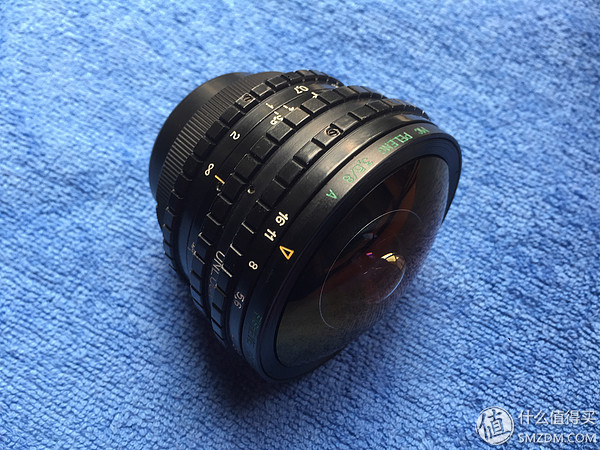
Among these old guys, there is such a full-length fisheye lens named Pelekka, which has a focal length of only 8mm and a nominal axis angle of view of more than 180 degrees. This type of lens is not capable of full-frame imaging, because if you want to reach 180 degrees in each direction, the image can only be circular, which is a feature of this type of lens. This lens is originally a M42 screw and can be used on Canon, Pentax, and Sony (Minolta) cameras via an adapter ring.
When the shot was started, the camera used was an EOS film machine, which started at about 1500 and shot some interesting photos. After entering the digital era, the APS-C format is used to replace the camera in the hand. Using it can only lose the pixels and cut it into a diagonal fisheye effect, which is not practical enough.
However, this 8MM monster is probably rare, and there is not much data on the Internet. So on a fish, there are many people asking for samples.
This can be difficult for me ... The lens does provide a consistent replacement of the M42 screw and a Nikon mouth, but the measured distance from the flange of the Nikon mouth is still not accurate, infinity can not focus; and this lens is in focus Mirror group displacement is less than 1mm, and it is very difficult to modify the bayonet kit by yourself... If you use a photo that is out of focus as a sample, it will be self-defeating.
After much deliberation, I decided to try using the depth of field to take a hyperfocal shot: because it cannot focus, the hyperfocal ruler has no reference meaning. It simply modulates the lens to infinity and the aperture shrinks to a minimum of 16. The dead horse is a living horse doctor.
In this way, fixing the aperture, fixing the focus, and not adjusting anything, shooting directly like shooting with an automatic lens, it is also easy to freehand, a group of photos taken down, but the result was surprising to me:
Overall, the quality of the photo actually feels good. Zooming in to 50% can still be considered as sharp; the lens has a nominal viewing angle of more than 180 degrees, but its phase field is slightly larger than the full frame, and the circumference slightly exceeds the upper and lower frame and needs to be cut. After cutting, the viewing angle of 180 degrees can basically be retained; the glare of the lens is more serious, and a light spot is generated at the edge of the circumference, but the visible portion after cutting is not too much. Since in the field of view of fish-eye, any subject is visually far away, manual focusing has become a very difficult task, and hyperfocus shooting does not have this trouble.
Here are the samples:
The classmates reading in the photograph were about 5 meters away from me. The camera showed an exaggerated sense of depth in space. Although there was no precise focusing, at this magnification, the clarity of all objects was acceptable.
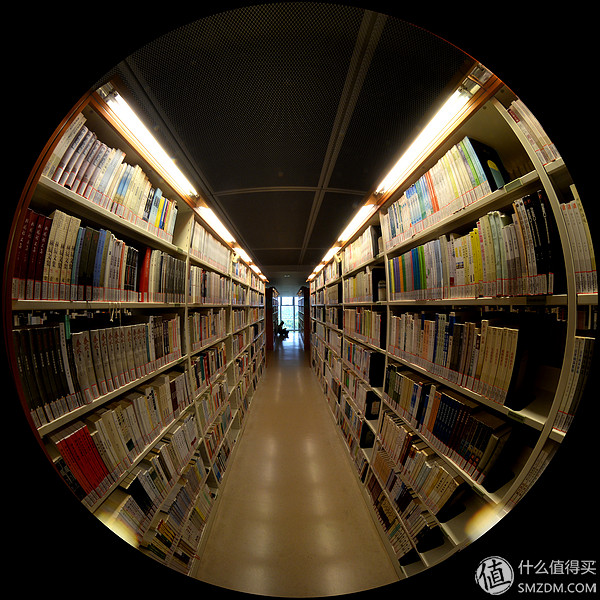
A 100% screenshot shows that the close shot is a bit blurry, and the focus is not accurate enough, but it is still acceptable if it is late.
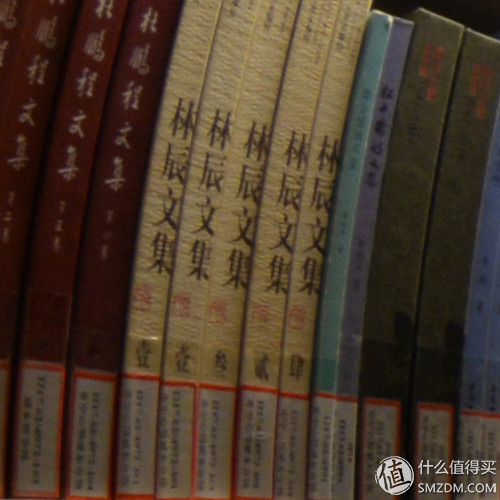
Look at the infinite remote, the overall look is still passing

100% of the screenshots will be imaginary, and even slightly worse than the nearby books. From this, it can be judged that the flanges are far away from the far end.
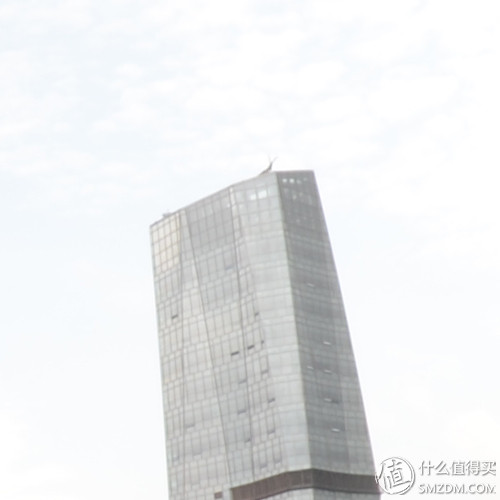
However, after a little late period, the effect is still acceptable.

This image quality, simple shooting process, although the use of a narrow range, but it can record an interesting picture, let me suddenly feel this small fish eye has produced a retained value, so show it out to share with you:
First look at the lens, this full-week fisheye lens should belong to the Soviet Union after the disintegration of the product, the workmanship is worse than the Soviet Union, but still has a solid style of the Soviet Union, all metal construction, starting quite heavy, the appearance is also very "Russian taste." The adjustment ring of the lens does not feel very good, neither smooth nor uneven, there is a little turbulence, which is the consistent style of the Soviet Union product; lens cover is a metal lid, you can simply buckle up.
However, the appearance of the lens is still quite beautiful:

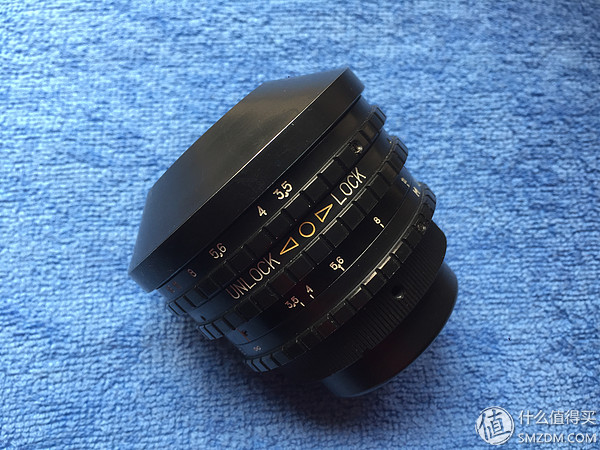
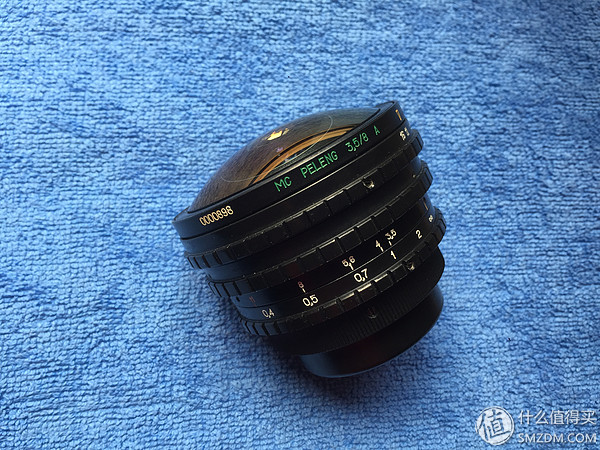
The front end of the lens is the aperture ring, adjustment range 3.5-16, there CLICK position; the next ring is the aperture lock ring, the ring can be rotated so that the aperture is fully open to the set value, the correct method of use is to lock the first Put the ring on UNLOCK, set the aperture value and open the aperture to view the view, then turn the lock to make the aperture contract and shoot; the last is the focus ring, the stroke is very long, more than 200 degrees, probably to solve the low-precision precision focus Design; when I use this lens, IRIS fixed focus, lock for direct locking, the actual shooting lap down, I feel it is not difficult to shrink the aperture finder, fixed focus makes shooting very fast.
In front of the lens is a large, convex bulb. The coating is beautiful:
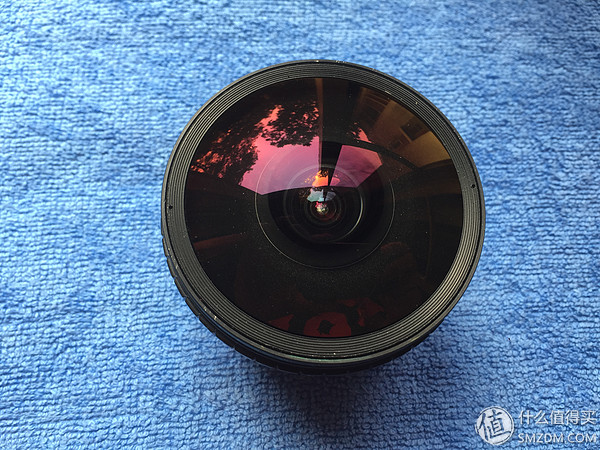
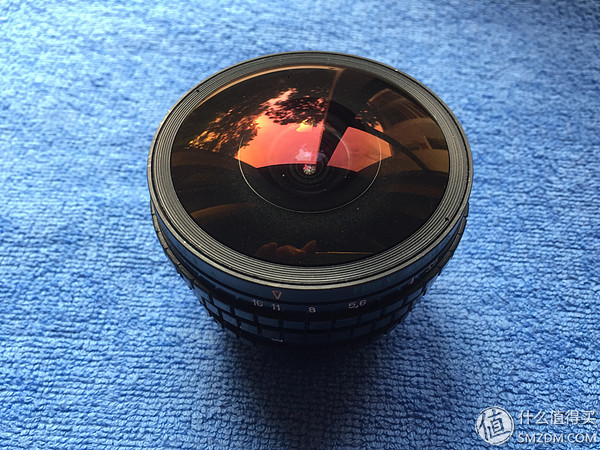
After the group is very small, there will be displacement when the focus, the amplitude is extremely small, do not look carefully or even can not be found:
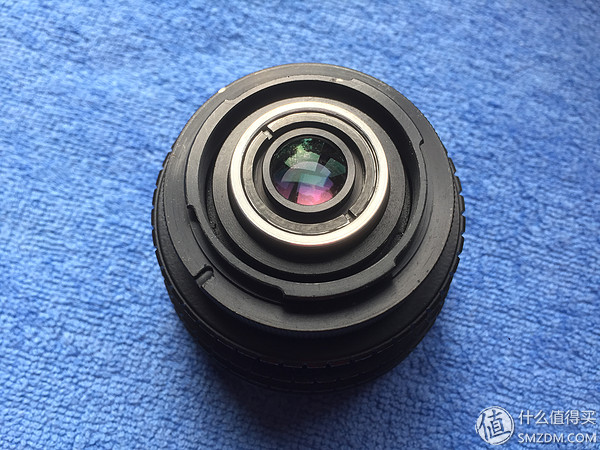
With M42 bayonet:

The lens was very kind and sent a leather tube, but it seems that because of the late production, it is not made of genuine leather; and the more distant and peaceful 20MM ultra-wide-angle lens has a lens barrel of leather:
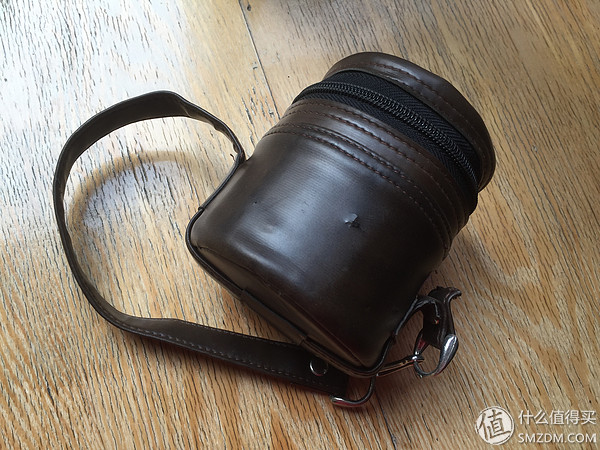
The spare bayonet kit and the post filter are housed together in the cartridge:
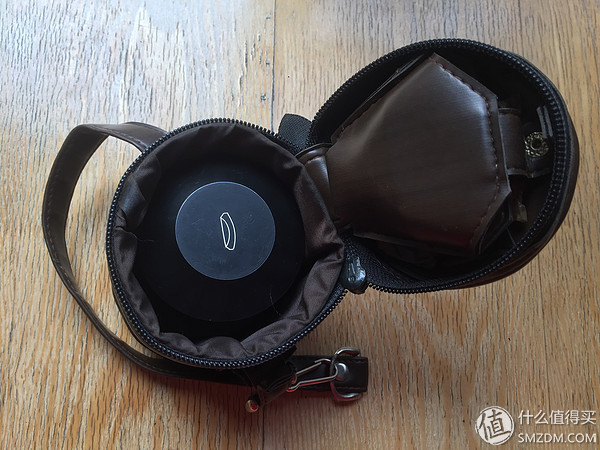
Place of origin: Belarus

Using a method that does not focus or adjust the aperture, this group of photographs is shot as if it were an automatic lens, or should be faster than an automatic lens.
Due to the large viewing angle of the camera, a large amount of sky is often captured in the photographs. Usually, the camera's zone metering system will use this lens to run short and will need to compensate 0.3-3EV as appropriate.
Ordinary angle of view: On the axis, the object is straight, and the edges are twisted into a circle. When the angle is correct, you can take a very powerful image. This angle usually needs to compensate the exposure 0.3-1EV:


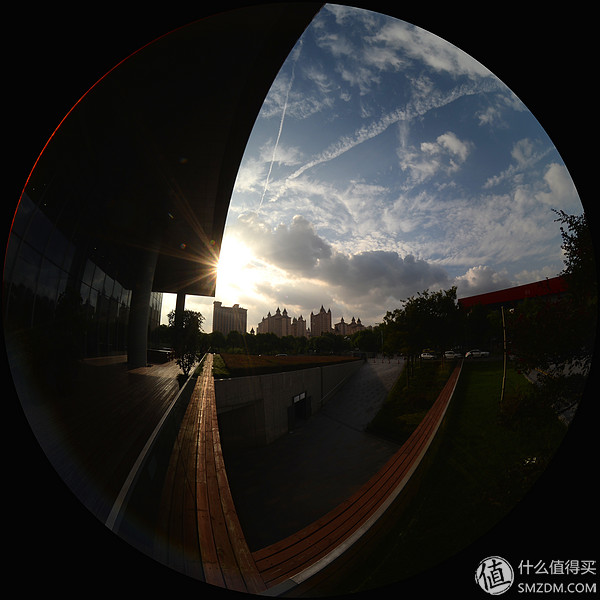
If you shoot against the sky, you can produce a little big planet (anti-) effect, the ground can be circled into a circle, because a lot of sky exists in the picture, usually need to compensate 1.5-3EV to get the correct exposure:
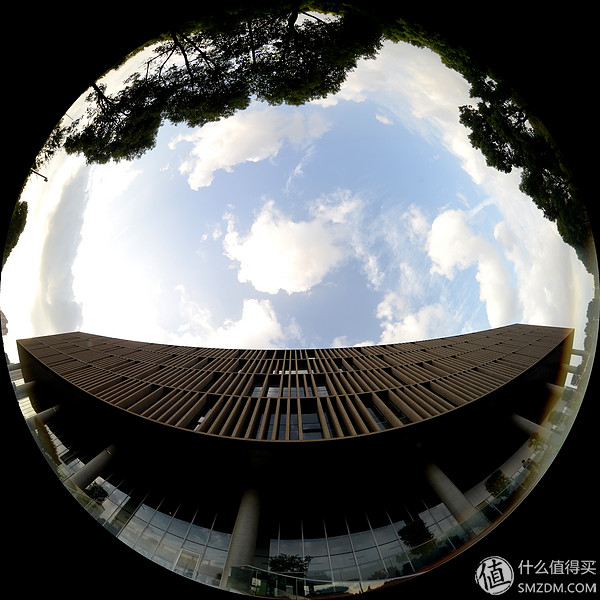


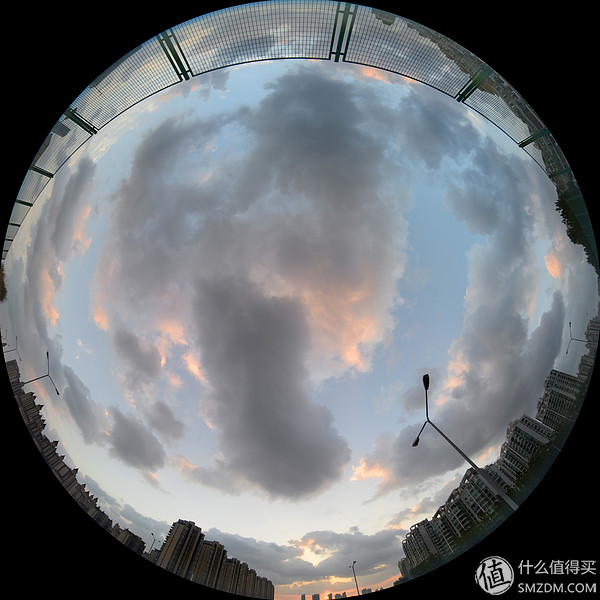
It must be said that the urban streetscape is very suitable for the performance of the fish eye lens throughout the week, and the oppressive feeling of the reinforced concrete forest is reflected most vividly:
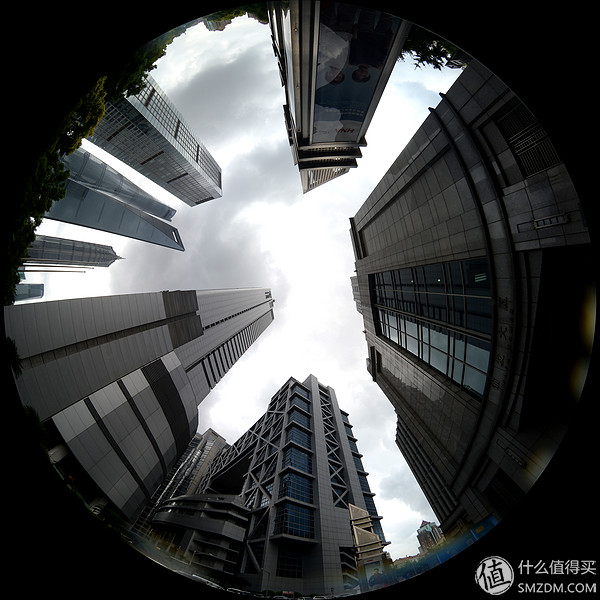

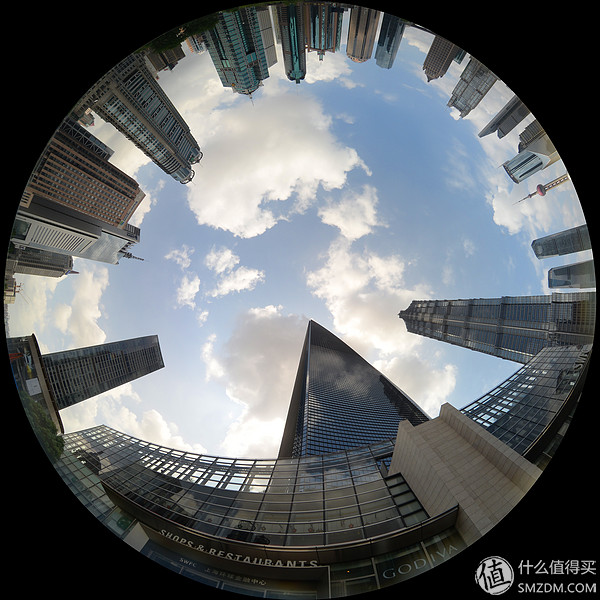
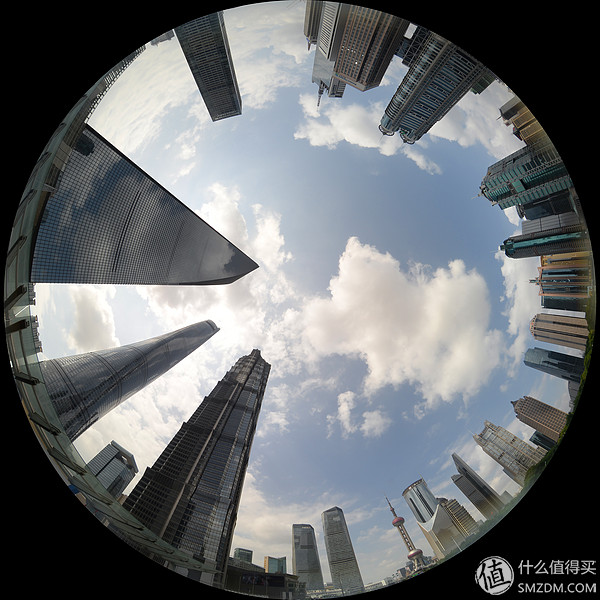
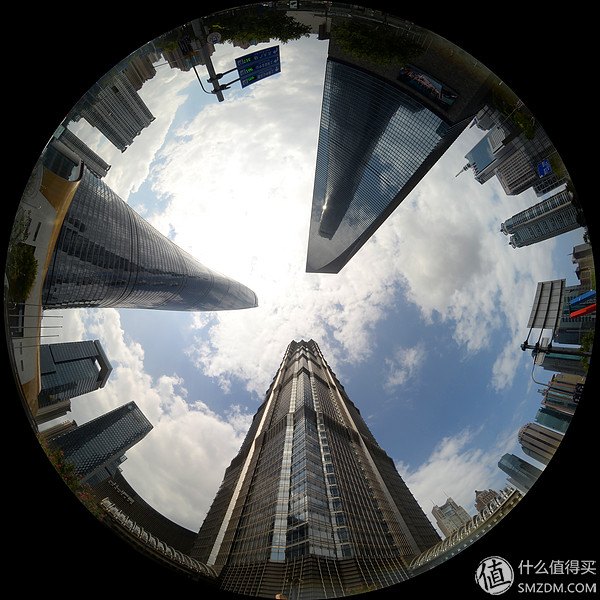
With close-range shooting, you can greatly exaggerate the sense of depth:

Due to the large angle of view, this shot can easily capture the photographer's fingers or feet into the screen. Like me, many photos fail this way:
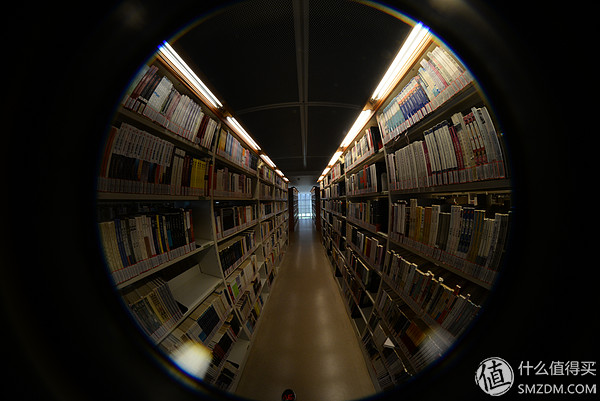
Have to say, in the current SLR automatic lens product line, this week has been rare fisheye products, Canon introduced the zoom fish eyeglasses can be used to zoom from the fish eye to the diagonal fisheye, but as a red circle The camp has high prices; Sigma has launched full-frame 4.5MM/2.8 two-week fisheyes with full-frame 8MM/3.5 and APS-C format, and the price is not unfair; this is another such card and some domestic products ( Domestically made little information I do not know whether it is all week)
This 8MM lens from Belarus has a very good quality at a low price. I think that going to a different city and using it to record the panoramic skyline of the city will be a very interesting experience, and a magnificent natural landscape, It will be even more shocking in the performance of the entire week; although most of the time, this is not a lens suitable for serious topics, but carrying around, but it will add a lot of fun to the journey.